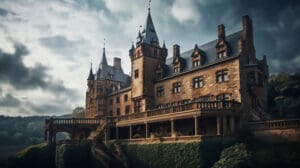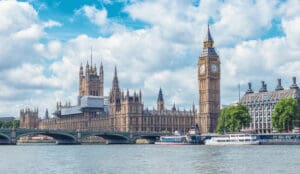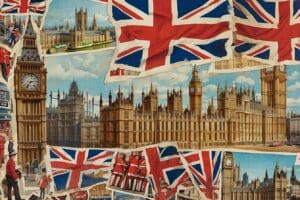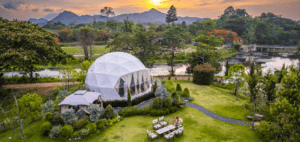The White House – The Fascinating History & How to Visit
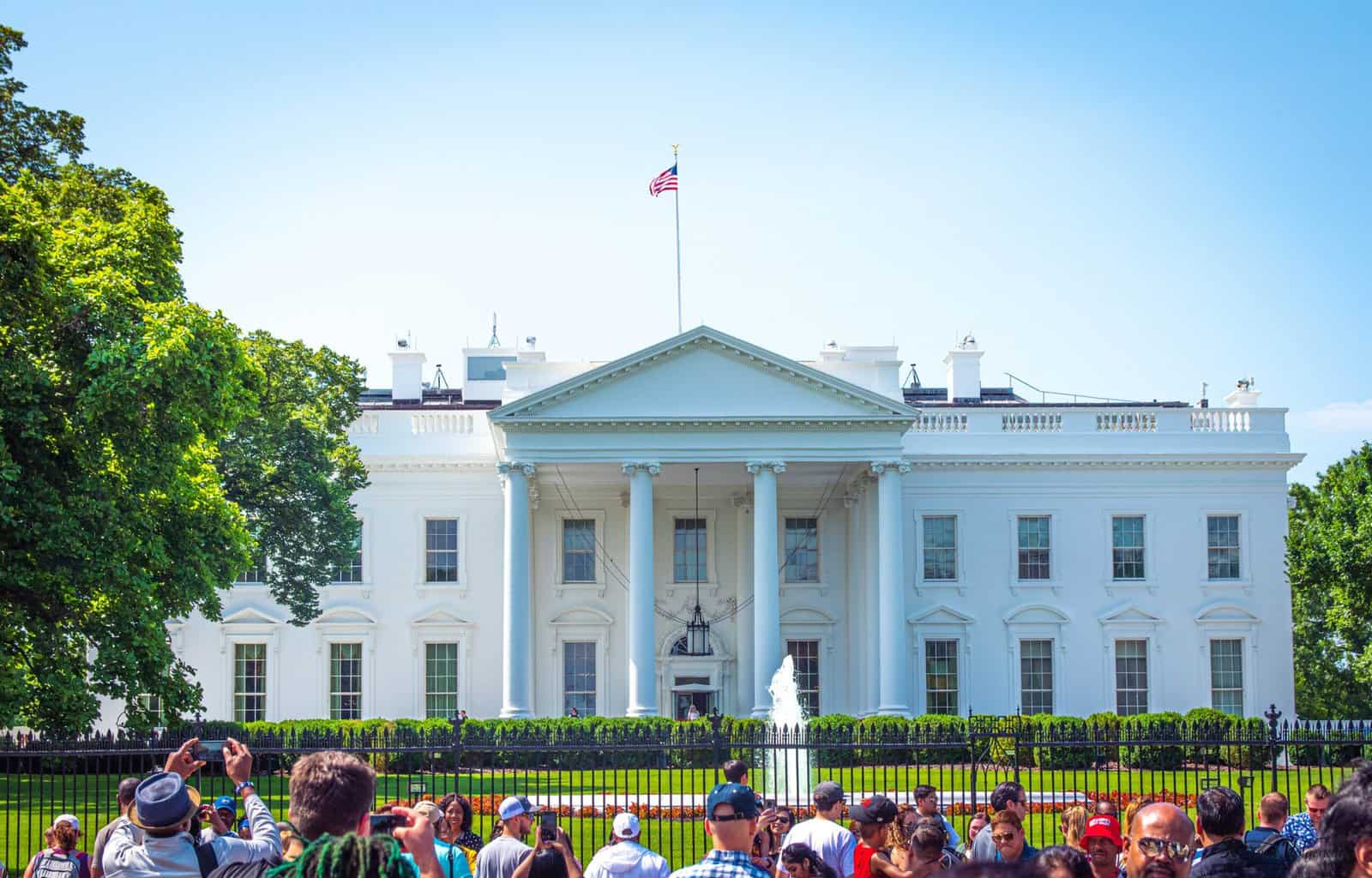
Updated On: November 08, 2023 by Courtney Augello
The White House is one of the most popular buildings in America for locals and visitors. It is where some of the United States’ most impactful decisions were made and where nearly every president called home during their terms.
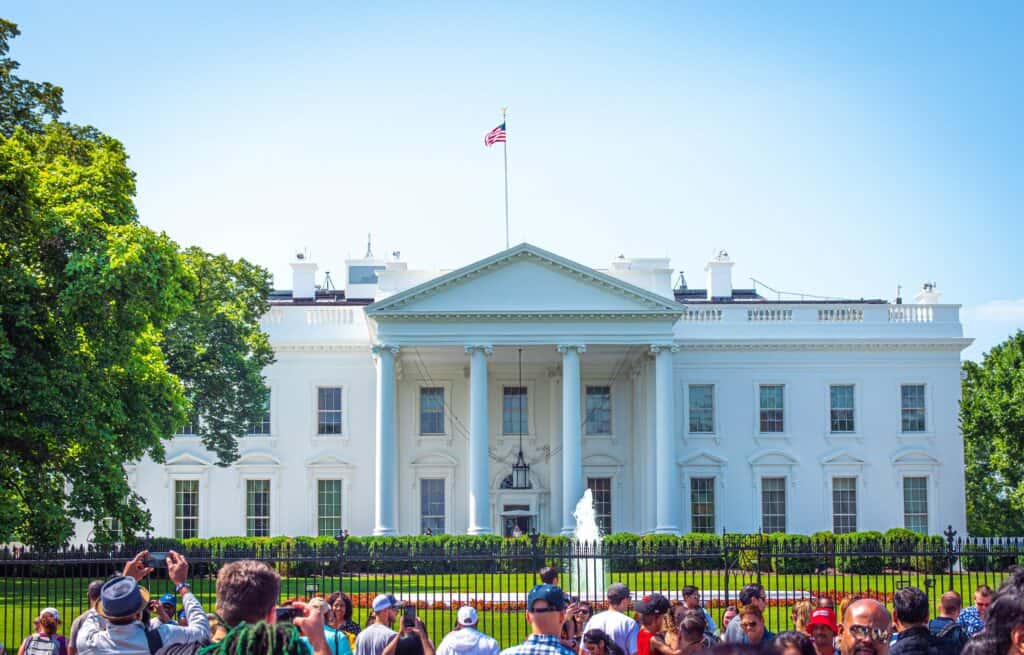
Tours of the White House are a perfect way to learn about the history of the United States. Each president left their marks on the building, and they are waiting to be discovered and explored.
To help you plan the best experience at the White House, we have done a deep dive into the building’s history and what you can expect when touring the grounds.
Table of Contents
History of the White House
Early History
The White House is an iconic American building bursting with historical significance. Construction on the White House began in the early 1790s and was finished in 1800. James Hoban, an Irish architect, designed the building. It was designed after Ireland’s parliament building.
Before the White House was built, Washington, D.C., was not even the capital of the United States. In fact, Philadelphia, Pennsylvania, was the original capital city after the US declared independence. The country’s capital was moved multiple times during the Revolutionary War as British soldiers invaded.
The US government relocated to Baltimore, Maryland, when Philadelphia was attacked during the war. The capital was moved 6 more times before it became Washington, D.C. For 5 years, the US government was even based in New York City.
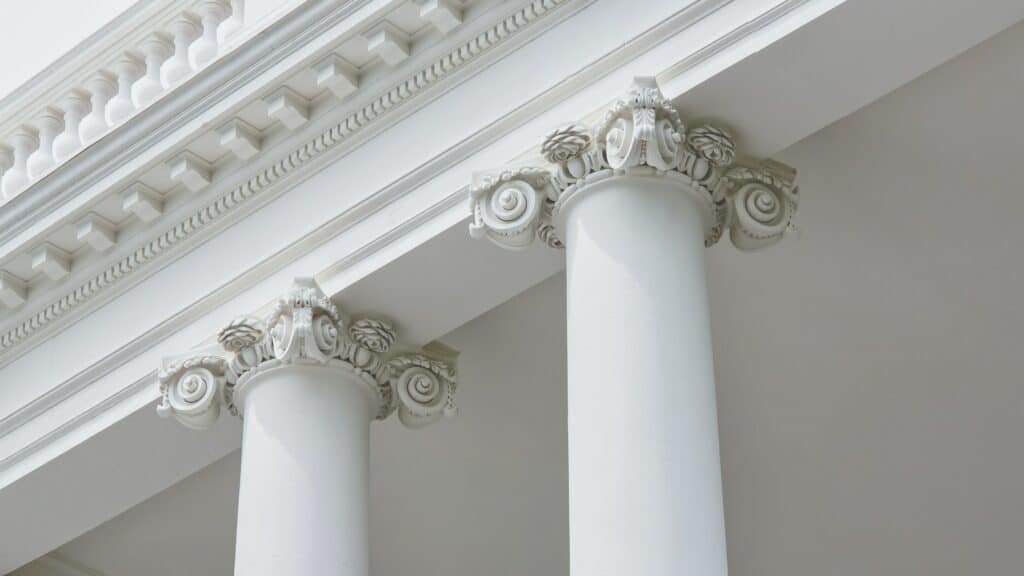
America’s first president, George Washington, never got to live in the White House. His presidency ended in 1797, just 3 years before construction was completed. He was the only US president not to live in the White House.
Although we know the building as the White House today, that was not always its namesake. Originally, the building was referred to as the President’s House or the Executive Mansion. It wasn’t until around 1901 that it was officially documented as the White House.
The Burning of Washington
In 1814, the US president would once again be unable to reside in the White House. James Madison, the 4th US president, was forced to relocate to the outskirts of Washington, D.C. after British Forces burned the White House.
The attack was in retaliation for when American troops destroyed a series of towns in British-controlled Canada. The flames destroyed the majority of the White House’s interior, and the exterior was badly damaged.
Few artefacts were saved by the US government officials and their staff before the blaze destroyed the building. Other objects were taken by British forces, and few have been recovered or returned.
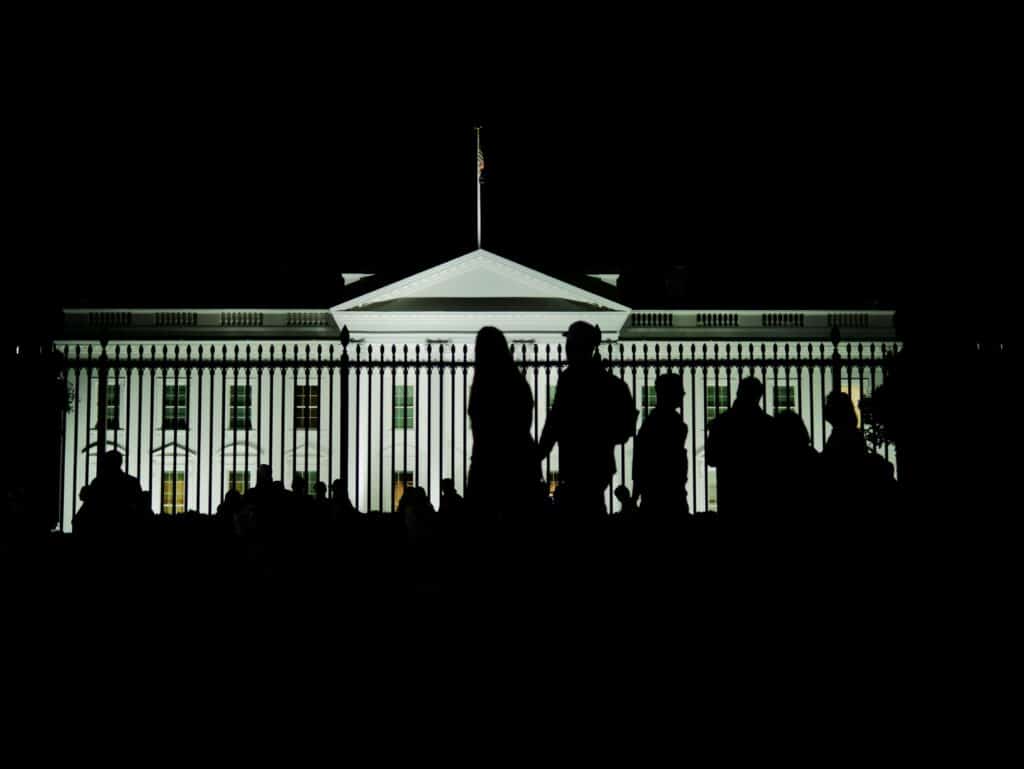
Just 4 days after the attack on Washington, D.C. began, a strong storm swept over the area and put out the flames. The British army left, and the reconstruction of the White House began immediately, finishing in 1817.
Renovations & Reconstructions
Since its first construction, the White House has undergone many changes. The first renovation was completed under the Jefferson administration in the early 1800s. Thomas Jefferson signed off on adding collonaded terraces on the East and West sides of the building.
By the 1880s, the White House was becoming overcrowded with staff and presidential families. Over the next 40 years, both cosmetic and structural renovations were completed. Staff offices were moved to create more space for families, the decor was changed, and the West Wing and Oval Office were built.
President Truman was forced to approve a large reconstruction of the White House when he took office. In 1948, the building was on the brink of collapse from years of poor maintenance.
Interior spaces in the White House were completely demolished, and a steel frame was added during this time. While the interior was rebuilt, air conditioning was installed, and 2 new basements were built to serve as offices, storage, and bomb shelters.
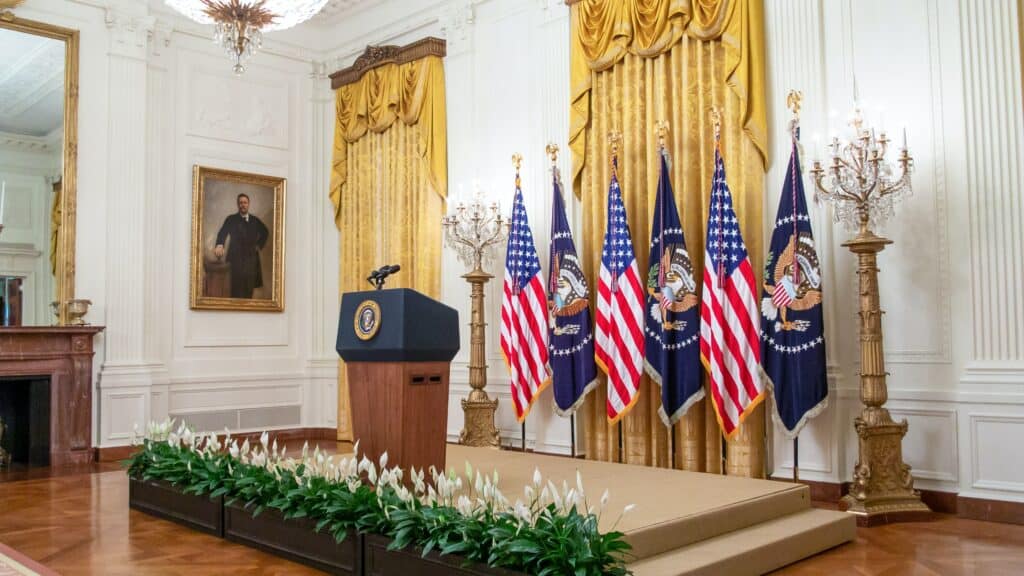
Due to the poor state of the White House prior to the reconstruction, little of the original structure was salvaged. This led to the new interior design being generic and less historically significant than it was before.
In 1961, the US Congress passed legislation declaring the White House a museum. This meant that any structural or architectural changes to the building would have to be approved and not infringe on its historic significance and integrity.
Due to this, all renovations going forward have been cosmetic, decor related, or noninvasive. These changes have mostly been proposed by First Ladies, such as the redecoration of the White House by Jacqueline Kennedy.
President Franklin Roosevelt had wheelchair ramps added to the White House due to his struggles with polio. This change made it one of the first wheelchair-accessible government buildings in the United States.
President Nixon authorised the creation of a press briefing room built over an old swimming pool and also added a bowling alley to the building’s basement. President Carter introduced the first computers to the White House during his administration.
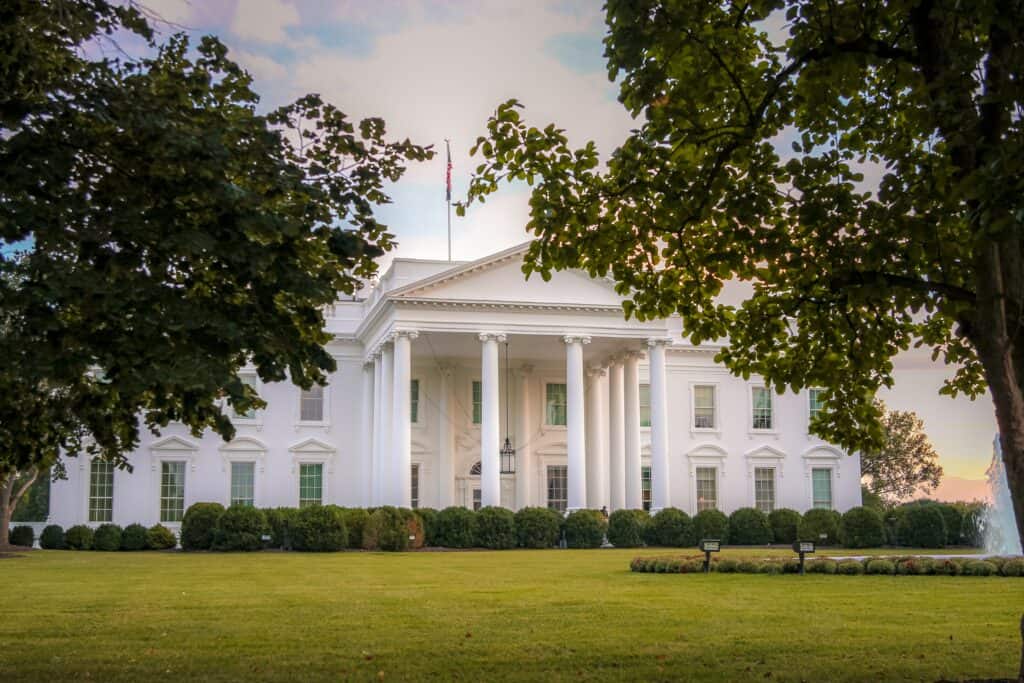
Tours of the White House
Exploring the White House is one of the most exciting and fascinating things to do in Washington, D.C. Each room is full of artefacts, stunning architecture, and history. If you are able to secure a tour of 1600 Pennsylvania Avenue, it will be an experience to remember.
Although tours of the White House are available to all members of the public, it can be difficult to secure a spot. American citizens must request a tour through their congressional representatives, and foreign tourists must contact their embassy to submit a request.
Tours of the White House are held from 8 am to 12:30 pm Tuesday through Saturday each week, except for federal holidays. Tours are reserved on a first-come, first-served basis, and requests must be submitted 21-90 days before the visit date.
If you are able to secure a tour of the white house, you must bring a valid form of ID to present before you are allowed in. Before you go, make sure to check the list of prohibited items to avoid being denied entry.
The tours are all self-guided and feature the Blue, Red, and Green Rooms of the East Wing, the China Room, the State Dining Room, and the White House Rose Garden. Photography and video are allowed and encouraged during the tour, but it must be without a flash.
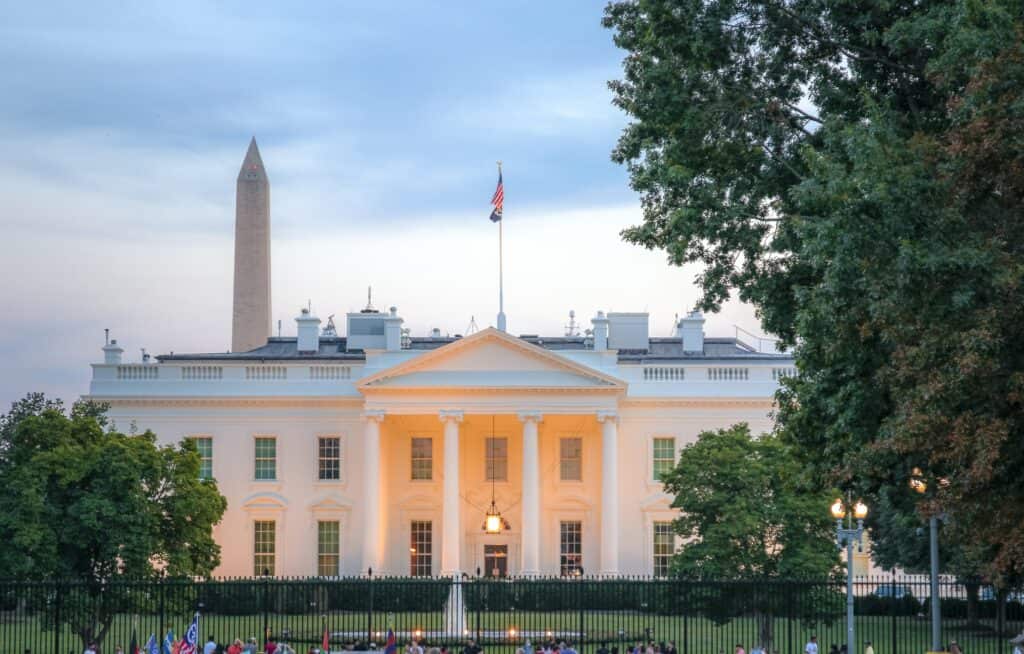
Each tour lasts approximately 45 minutes. In each area you get to explore, secret service agents are available to answer any questions you may have about the rooms’ history, architecture, or purpose.
White House Gardens
History
Although he never lived in the White House, George Washington was the first president to begin planning for a garden on the grounds. Washington expressed wanting to plant a botanical garden on the lawn but unfortunately never got the opportunity to.
John Adams, the first to live in the White House, ordered a garden to be created during his sole term as president. Jefferson inherited the garden and planted hundreds of trees on the grounds. In addition to the trees, he also laid out plans for a flower and vegetable garden.
After the Burning of Washington, the gardens were destroyed. After moving into the rebuilt White House, President Monroe hired the first gardener to tend to the grounds. Gardens were created for trees, flowers, herbs, and vegetables.
Throughout the 19th century, presidents would uproot and rebuild the gardens as they liked. Locations were changed, new vegetables were planted, and many different flowers bloomed on the grounds.
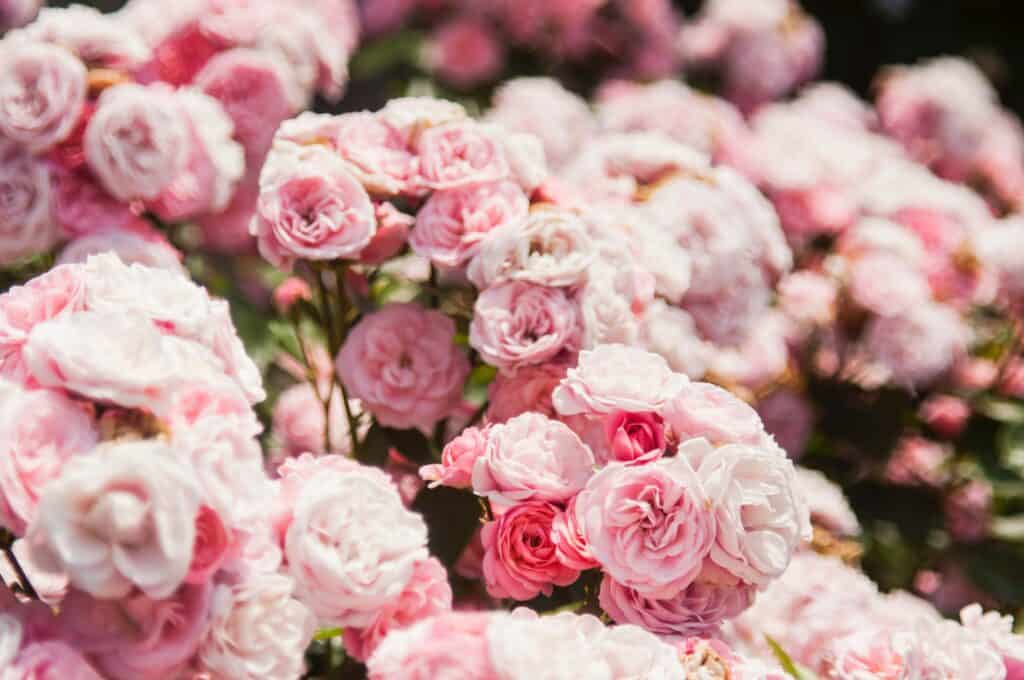
This would change in the 20th century. The White House gardens went from being an area the president could change and personalise to a national tradition and symbol.
Victory Gardens
During the First World War, President Woodrow Wilson famously said, “Food will win the war,” to promote the American public to grow their own gardens. Food production had declined steeply during the war, and rations needed to be supplemented.
The Wilsons led by example and created their own vegetable garden across from the White House. President Wilson famously brought sheep to the grounds to help save on groundskeeping costs.
The American public followed suit, and over 5 million gardens were created across the United States during the war. These were known as Victory Gardens due to the benefits and help they provided for the country and the war effort.
When America joined World War II, the public was once again encouraged to create Victory Gardens. Eleanor Roosevelt planted an example garden on the White House lawn to emphasise the importance of assisting the troops by gardening.
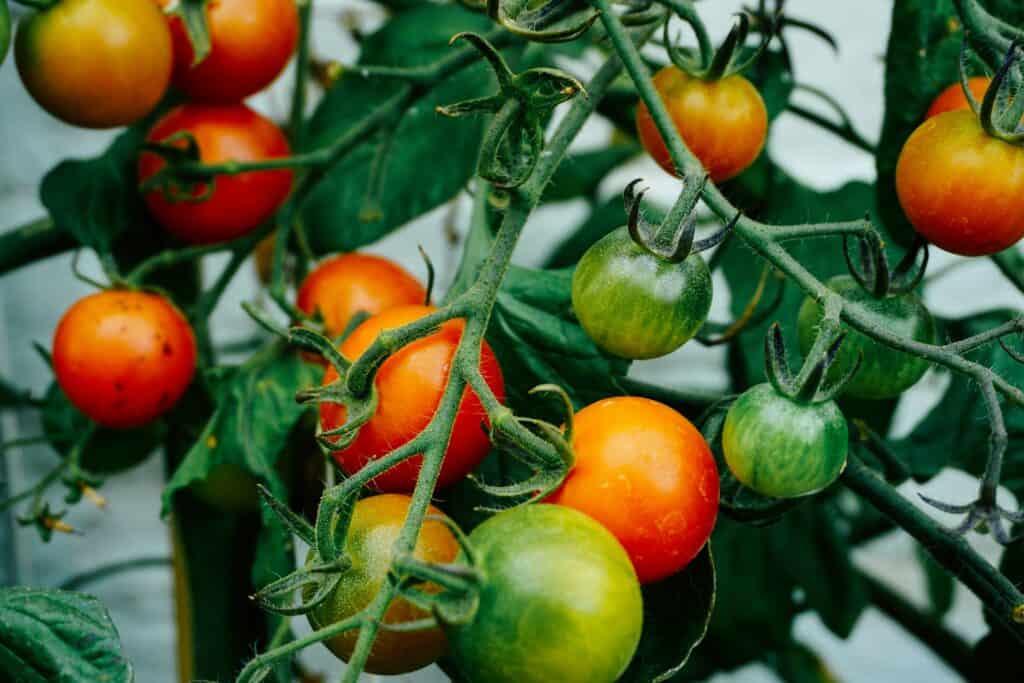
In the summer of 1943, over 18 million Victory Gardens were planted across the United States. Nearly one-third of all produce grown in the US was from gardens, greatly reducing the cost of vegetables to feed soldiers and allowing for spending on other military needs.
In 2009, First Lady Michelle Obama planted the Kitchen Garden on the White House grounds, which sparked memories of the past Victory Gardens. She aimed to educate America’s youth about the importance of eating fresh fruits and vegetables.
Although Victory Gardens are no longer needed, many Americans still keep small vegetable gardens. Traditions originally created to promote Victory Gardens, such as town festivals and awards for the best home-grown produce, are still common today.
White House Rose Garden
The White House Rose Garden was first planted in 1913 by First Lady Ellen Wilson. The garden is nearly 40 metres long and 20 metres wide. It is located on the border of the West Wing and the Oval Office.
Large renovations to the Rose Garden were made during the Kennedy administration in 1961. A central lawn area was created, with flowers and shrubs planted around the edges of the garden. The four corners of the garden featured trees that bloomed with pink flowers.
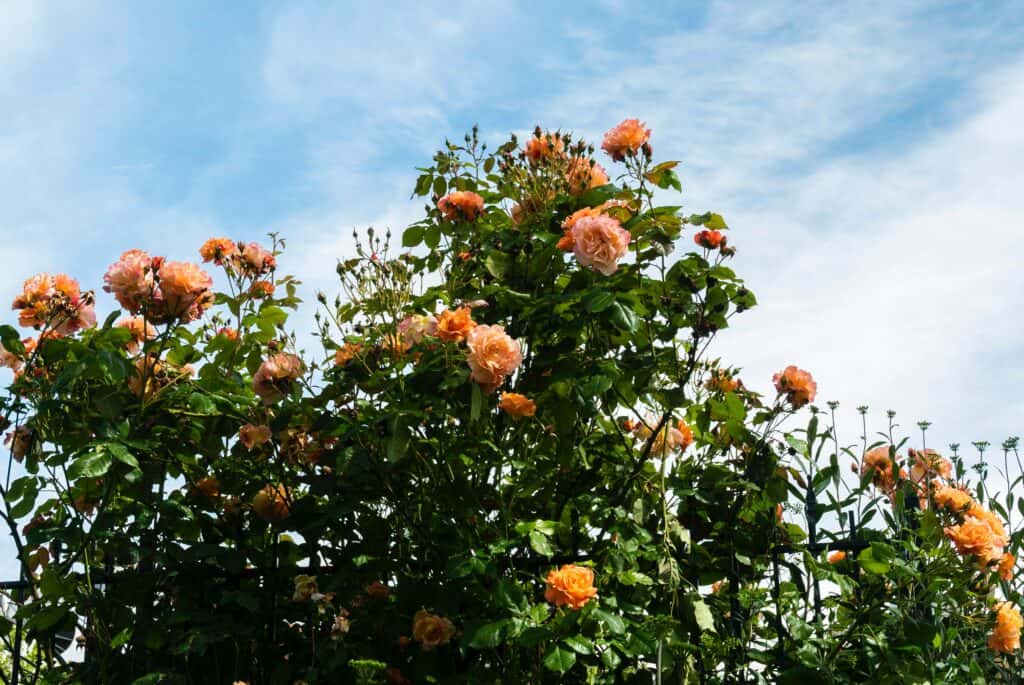
The layout created under President Kennedy was maintained until 2020, when First Lady Melania Trump renovated the garden. A limestone walkway was created around the garden’s borders, which was met with criticism.
In addition, the trees planted by the Kennedy administration were removed from the White House Rose Garden and new flower bushes were planted. She increased the number of rose bushes in the area from 19 to over 200.
Over the years, the White House Rose Garden has been used for many events. Announcements, news conferences, and ceremonies have been held on the grounds. However, the garden can also be a private and quiet place for the presidential family.
Jacqueline Kennedy Garden
The Jacqueline Kennedy Garden actually began under the Roosevelt administration. First Lady Edith Roosevelt planted a garden on the east side of the White House to balance the garden on the opposite side.
The garden was renovated and changed, but eventually was mismanaged and fell into disrepair. This area caught the focus of First Lady Jacqueline Kennedy when her husband entered office.
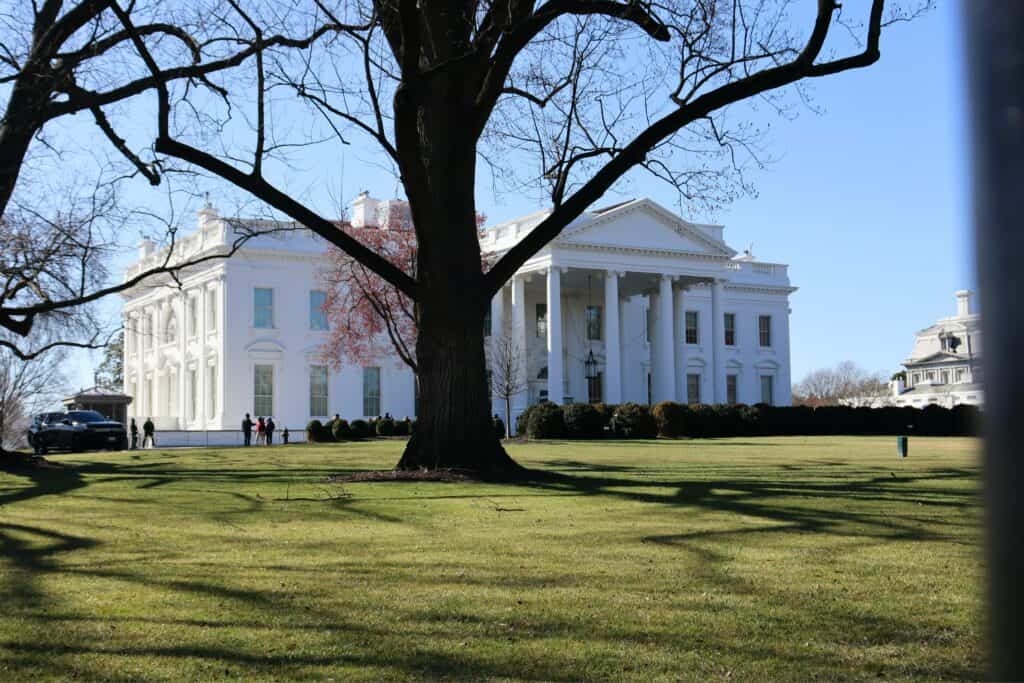
She began working on the garden to bring life back to the area. Flower beds, decorative grasses, and trees were planted in the garden. Unfortunately, the garden was still unfinished at the time of President Kennedy’s assassination.
Following the assassination, President Johnson took office. During a ceremony in the garden, First Lady Bird Johnson renamed it the “Jacqueline Kennedy Garden” to honour Jacqueline’s dedication and contributions to the White House Grounds.
White House Garden Tour
Although it is not as popular as the White House tour, exploring the White House Gardens is a wonderful experience. The White House Gardens Tour is offered only twice per year, during one weekend in April and one in October.
Tickets to the garden tour are easily available for everyone. They are free of charge and are distributed at 8:30 am on the morning of the tour. The tickets are first-come, first-served and list the tour’s starting time.
The tour is a self-guided experience where visitors can wander and explore the grounds. The gardens featured on the tour are the Rose Garden, White House Kitchen Garden, Jacqueline Kennedy Garden, and the South Lawn.
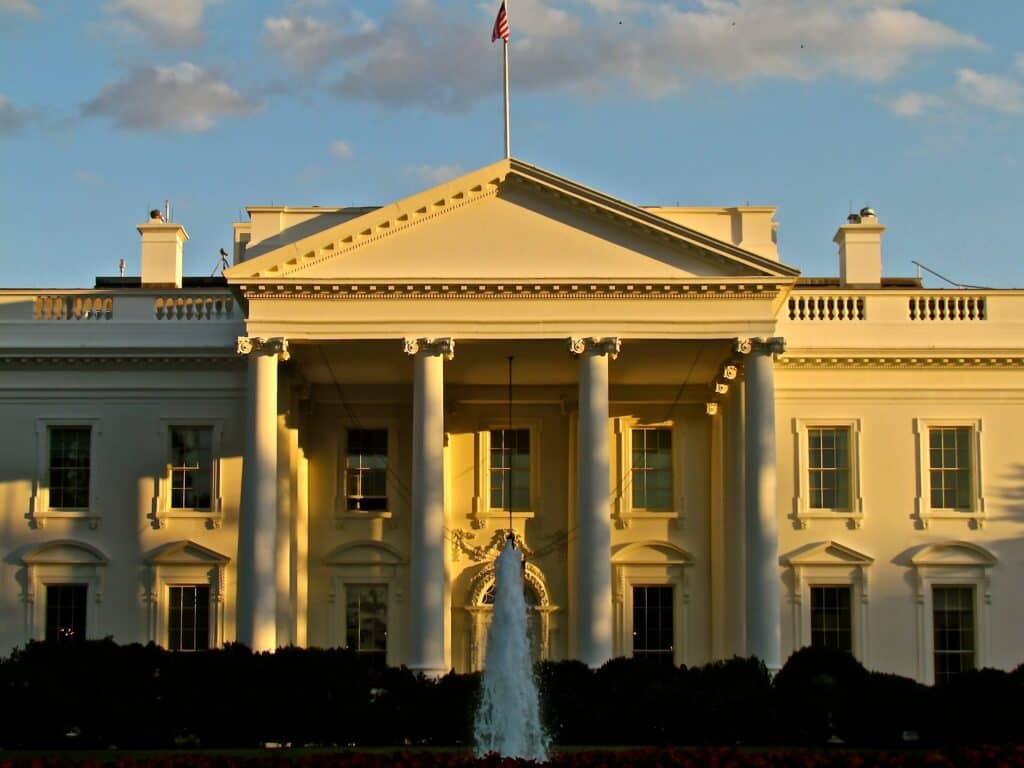
Visitors are encouraged to ask questions, take photos or videos, and check out the trees planted by former presidents. It is a perfect way to spend a sunny day in Washington, D.C. and explore one of the most famous historical grounds in the United States.
The White House is an Important Part of US History
Since the White House became the presidential residence, history has been made on its grounds. The location has survived being set ablaze, torn down, and rebuilt over again to become the most popular historical area in the country.
Having the opportunity to explore the White House and its gardens is like stepping into a history book. From the artefacts of early presidents to the efforts of the homefront during both World Wars, there are endless things to discover at the White House and its grounds.
If you’re planning a trip to the USA, check out our list of 10 Stunning Road Trips in the USA.


